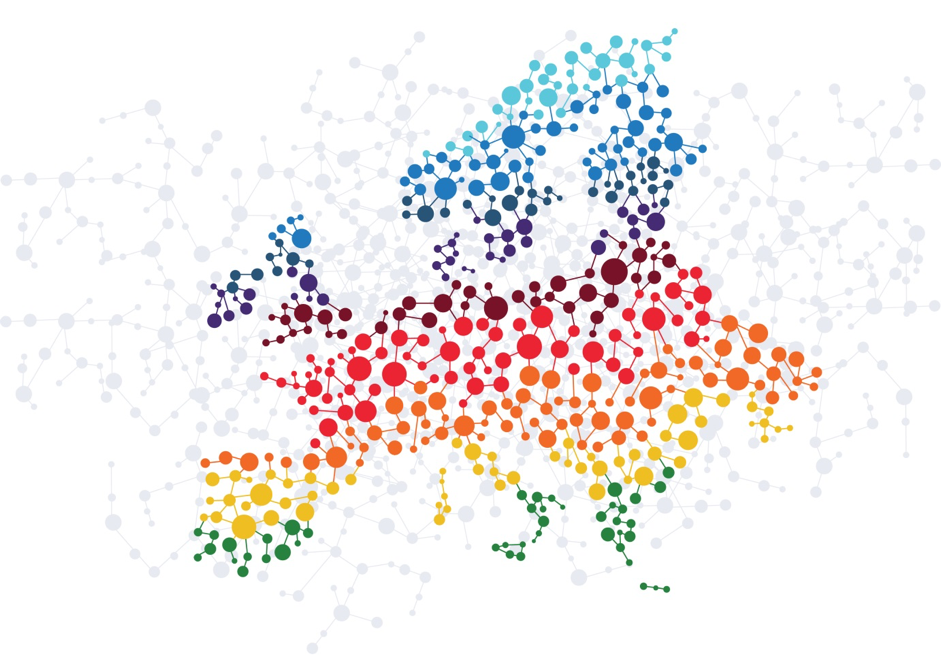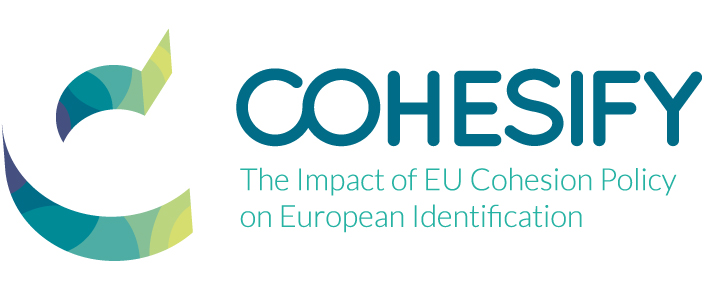
BREXIT AND INTERREG: Would THE UK be Missed?
March 3, 2017
Call for papers on cross-border regions & inter-regional policy transfer
April 26, 2017
Yes and No is the answer from research by the European Policies Research Centre for IQ-Net. A recent meeting of IQ-Net programme managers and communication experts, and a new IQ-Net paper, identified the successes and drawbacks of communication strategies and the important priorities for the remaining programme period up to 2020.
There is general agreement that EU Cohesion policy needs to find a clearer and stronger voice. As Commissioner Creţu said in November 2016: “Projects are changing the lives of their promoters and their communities, hence they constitute plenty of potential good news about Europe…But these pieces of news need messengers…[which]… is a shared responsibility of everybody…at EU, national, regional or local level”
In the context of the debate on the future of Cohesion policy, the communication of European Structural and Investment Funds has acquired a new salience. With discussions underway about the relative value of different EU policies – and their results – the future structure of the Multiannual Financial Framework (MFF) depends on a recognition among the EU institutions and Member States that continuing to spend a third of the EU budget on cohesion is good value for money. This is not guaranteed. Recent contributions to the debate on the next MFF are critical of the added value and performance of Cohesion policy and even suggest a double standard in the way different EU policies are being assessed.
As Commissioner Creţu points out, communication of the policy and its achievements needs to be improved significantly. This is not just an issue for the politics of the EU budget debate. In the context of declining support for the EU and EU integration in some Member States, and rising concern about inequality, EU Cohesion policy is meant to be an explicit and visible expression of solidarity and have a direct impact on people’s daily lives. Cohesion policy provides funding to all European regions, especially less-developed regions and countries, and aims to improve economic and social prosperity and quality of life. It has a multi-level governance model intended to bringing the policy ‘closer to citizens’ through programmes that address regional and local development needs and which involve a ‘partnership’ with local authorities, non-governmental organisations, socio-economic partners and civic society. However, there are questions about the awareness of the policy among citizens and whether and how its programmes and projects are recognised. In particular, it is not clear whether the publicity and communication strategies of EU institutions and national/regional authorities are effective, whether they are regarded as propaganda or whether they improve knowledge, understanding and affinity with respect to the Funds.
Over the past 25 years, successive reforms have increased the regulatory obligations for Managing Authorities and other bodies with respect to publicity and communication. Greater efforts have been made to improve the professionalism and sophistication of communication strategies, to ensure that they are embedded in programme management and project delivery and ensure effective engagement among stakeholders.
Given the intricate and constantly-evolving nature of the Structural Funds and the organisations involved in individual programmes, making sure that key information is sent to the right group at the right time can entail a daunting array of tasks. Applicants and project-holders need to understand what can and cannot be done with EU funding. Programme managers require information on the programme’s progress to make strategic decisions. The wider public should be informed and engaged about the role of the Structural Funds in local and regional development. In all these areas, the dissemination of information via publicity and communication is a central, not an adjunct, programme activity.
The opportunities for good communication are greater than ever before. The variety of media and tools has increased dramatically over the past decade. Big data, open data, web platforms, social media, information graphics, mobile phones, tablets and other technology have radically changed the information and communication landscapes, and the way people and organisations interact. Yet, the volume and intensity of information flows and media present new difficulties in communicating messages – especially on complex subjects like Structural Funds programmes and projects.
An IQ-Net Conference debate on the subject held in Athens identified three key problems – prioritisation, professionalism and performance.
- Prioritisation. Communication is not a priority among the hierarchy of EU Cohesion policy priorities, especially among management staff not directly responsible for communication, at all level of shared management - EU geographical units, national/regional managing authorities and intermediate bodies, and at project level. Political leadership is often lacking, and there is insufficient use of communication networks to promote interest and exchange of best practice.
- Professionalism. Targeting of groups and messages are often deficient. There is frequently and over-reliance on information provision, sometimes obscured by EU jargon, rather than interaction and information exchange in ‘plain language’. To be successful requires ‘going local’ - getting close to beneficiaries on the ground, localising messages and using a range of professional tools for each group.
- Performance. There is no shortage of case studies of ‘good projects’ with which people can identify and where the impact of Structural Funds is most directly evident and credible. Less convincing is communication of the performance of the Funds at programme level. In part, this is a problem of evaluation methods but it also needs better communication of aggregate achievements such as the creation of jobs, upgrading of skills levels, and enhanced research and innovation budgets.
John Bachtler, Carlos Mendez & Viktoriya Dozhdeva European Policies Research Centre, University of Strathclyde

